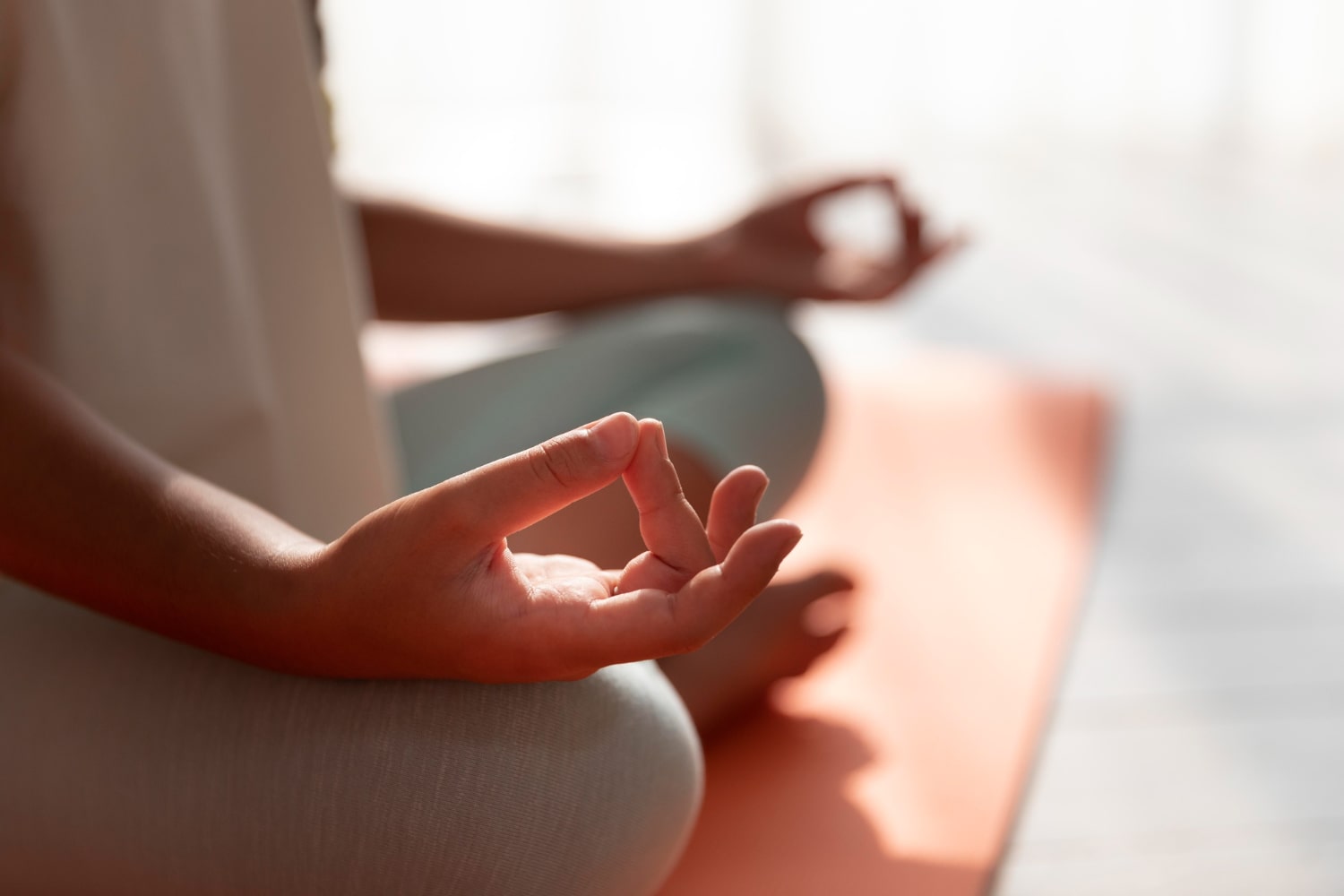Yoga is more than just a set of physical exercises. It is a comprehensive philosophy that combines movement, breathing, meditation and spiritual self-awareness. Its history spans thousands of years and it was originally developed not as a sport but as a path to inner harmony. Today, yoga is practiced all over the world, but many people are unaware of its depth and diversity. In this article, we have gathered fascinating and surprising facts about yoga that you might not know. Some of them may even surprise experienced practitioners.
- Yoga originated in India around 5000 years ago. The first written references to it are found in ancient Vedic texts. For a long time, this knowledge was passed down orally from teacher to student.
- The word “yoga” comes from the Sanskrit root “yuj” which means union or connection. The goal of yoga is to achieve harmony between the body, mind and soul. It is not only a form of exercise but a complete system of personal development.
- The Yoga Sutras of Patanjali describe eight limbs of yoga. These include ethical principles, personal discipline, physical postures (asanas), breathing techniques, sensory control, concentration, meditation and enlightenment. This system is known as Ashtanga Yoga.
- The asana, or physical posture, is only one part of yoga, although it is often the most recognized. Originally, asanas were designed to keep the body still during long meditation sessions. The more dynamic forms of yoga developed much later.
- Breathing plays a crucial role in yoga practice. Pranayama is a system of breathing techniques that helps manage internal energy. It can reduce stress, improve focus and influence physiological processes.
- Meditation is an essential part of many yoga traditions. It promotes inner calm, reduces anxiety and supports emotional stability. Scientific studies have shown that regular meditation positively affects the brain and overall wellbeing.
- Yoga helps improve flexibility and muscle strength without the use of gym equipment. Even gentle styles such as Hatha Yoga or Yoga Nidra provide significant physical benefits. The poses stimulate the internal organs and improve blood circulation.
- Mindfulness is a key aspect of yoga. Practicing yoga teaches one to be present in the moment, to observe thoughts and bodily sensations. This helps develop self-awareness and a sense of inner peace.
- One of the most popular modern styles is Vinyasa Yoga. It links postures into flowing sequences synchronized with the breath. This creates a meditative experience in motion.
- Kundalini Yoga focuses on awakening the inner energy. It combines physical movements, mantras, breathing techniques and meditation. This style is known for its deep emotional and spiritual impact.
- Yoga can improve sleep quality by calming the nervous system. Relaxation practices before bedtime help you fall asleep faster and sleep more deeply. Yoga Nidra is particularly effective in combating insomnia.
- Research has confirmed that yoga helps lower cortisol levels, the hormone associated with stress. It is therefore helpful in preventing depression and anxiety disorders. People who practice yoga regularly often report improved emotional wellbeing.
- Yoga supports heart health by lowering blood pressure and improving circulation. Some styles, such as Yin Yoga, affect connective tissues and encourage rejuvenation. Its holistic effects make it a valuable preventive health practice.
- Yoga is practiced in every part of the world and the number of practitioners continues to grow. It is estimated that over 300 million people practice yoga regularly. Many countries have dedicated yoga studios, festivals and school programs.
- International Yoga Day is celebrated on June 21 each year. This day was established by the United Nations at the initiative of India. Its purpose is to promote a healthy lifestyle and raise awareness of the benefits of yoga.
- In some Indian schools, yoga is part of the required curriculum. It is considered a vital part of shaping a balanced and harmonious personality. This shows the cultural and educational importance of yoga.
- Yoga is adaptable to every individual regardless of age, physical condition or health status. There are specific practices for children, pregnant women, the elderly and those recovering from injury. The key is to find the right style and approach for your needs.
- Some yoga styles are practiced in unusual environments. Examples include yoga on a surfboard, in aerial hammocks or in salt caves. These settings make the practice more engaging and accessible.
- Many global celebrities openly share that yoga helps them maintain inner calm, strength and balance. These include Madonna, Robert Downey Jr., Jennifer Aniston and David Lynch. Their example inspires millions of people around the world.
These amazing and interesting facts about yoga prove that it is much more than a passing trend or fitness routine. Yoga can improve the quality of life, open new possibilities for body and mind and lead to deep inner peace. It remains a universal tool for harmony in today’s ever-changing world. The deeper you explore it, the more it reveals.





